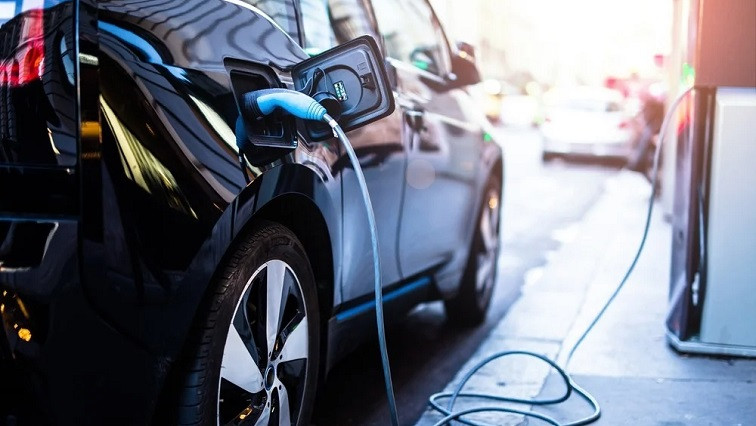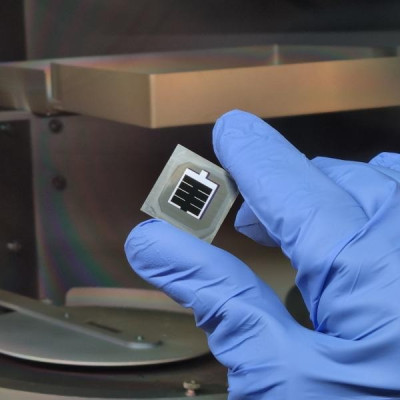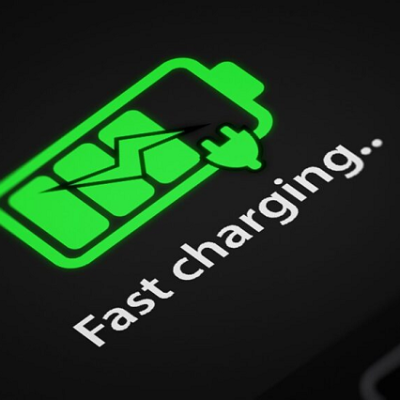What is Graphene?
Graphene is a two-dimensional material composed of a single plane of atoms with extraordinary properties. Unlike other layered materials, graphene consists of atoms arranged in a single plane, making it a truly two-dimensional material. When these two-dimensional layers are stacked in multiple layers, it forms graphite.
The thickness can vary depending on factors such as stacking and interaction with substrates. Graphene's mechanical behavior is determined by its physical dimensions and elastic moduli, typically measured and characterized through various experimental and theoretical methods.
Graphene for Energy Storage
Graphene's large surface area allows for a higher number of active sites, facilitating greater electrochemical reactions and increasing energy storage capacity in graphene EV batteries.
Graphene-based Materials for Flexible Graphene EV Batteries
A 2019 study discusses the use of graphene-based materials for flexible batteries. Different macroscopic architectures of graphene, including fibers, films, and aerogels, are explored in this study. Graphene films demonstrate flexibility and are used as current collectors in lithium-ion batteries (LIBs), improving energy density and cycling life.
Three-dimensional (3D) graphene structures, such as hydrogels and aerogels, offer a large surface area and high porosity, enhancing active material loading and electrolyte accessibility. Graphene-based electrodes show promise in LIBs, sodium-ion batteries (SIBs), multivalent metal-ion batteries (ZIBs, AIBs), and lithium-sulfur batteries (Li-S batteries).
Flexible graphene electrodes exhibit excellent mechanical stability, high capacity, rate performance, and cycling life, making them suitable for various applications in flexible energy storage systems. Further research is required to optimize and develop flexible anodes for Li-S batteries.
Graphene-based Architecture with Carbon Nanofibers and Molybdenum Disulfide (MoS2) Nanoflakes
Sodium-ion batteries face challenges in long-term stability and high-rate capability. To overcome these issues, researchers in a 2019 study developed a graphene-based architecture with vertically penetrating carbon nanofibers (CNFs) and in-situ grown molybdenum disulfide (MoS2) nanoflakes. This interpenetrated graphene structure enhances mechanical integrity and electrical conductivity.
The resulting battery exhibits outstanding electrochemical performance, including a specific capacity of 598 mAh g−1, long-term cycling stability of up to 1000 cycles, and excellent rate performance even at high current densities. Graphene's large surface area, high conductivity, and mechanical strength make it an ideal carbon material for battery applications. The unique architecture of CNFs interpenetrated graphene with MoS2 holds promise for developing high-performance sodium-ion batteries with improved stability and rate capability.
Advantages of Graphene EV Batteries
Graphene EV batteries have many advantages over traditional batteries used in electric vehicles.
Faster Charging
One of the main concerns associated with traditional EV batteries compared to graphene EV batteries is the time required to charge these batteries since traditional lithium-ion batteries take several hours to reach full charge, limiting the convenience and usability of electric vehicles. Graphene EV batteries offer a solution to this challenge by enabling faster charging times by allowing rapid ion transport across the battery's electrode materials. Researchers anticipate that with graphene, it may soon be possible to charge an electric vehicle in a matter of minutes rather than hours.
Thermal Dissipation
The improved thermal conductivity of graphene EV batteries helps dissipate heat more efficiently during charging and discharging cycles reducing the risk of overheating, enhancing the safety of Graphene EV batteries, addressing concerns related to battery fires and ensuring a reliable and secure energy storage system.
Lightweight and Compact
Graphene-based composite materials are used to create thinner and lighter electrodes for graphene EV batteries without compromising performance resulting in improved energy efficiency and extended driving range due to the reduced overall weight of the vehicle. Moreover, the compact nature of graphene EV batteries allows for more efficient packaging, maximizing the available space within the vehicle and enhancing design flexibility.
Environmental Benefits of Graphene EV Batteries
Graphene EV batteries present several environmental benefits since graphene production techniques have become more eco-friendly, utilizing scalable methods and reducing energy consumption. Moreover, the increased energy efficiency of graphene EV batteries results in reduced carbon emissions during EV operation, making them a greener alternative to conventional vehicles.
Challenges and Future Outlook of Graphene EV Batteries
As the world seeks to transition to a cleaner and more sustainable future, using graphene EV batteries represents a significant step forward in revolutionizing the transportation sector. While graphene holds immense potential for revolutionizing EV batteries, several challenges need to be addressed before the widespread adoption of graphene EV batteries.
The scalability of graphene production, cost-effectiveness, and integration into existing battery manufacturing processes are among the key areas of focus for researchers and industry experts. Despite these challenges, the progress made in graphene EV batteries for energy storage is promising. With ongoing research and development, it is expected that the integration of graphene EV batteries will become more practical and economically viable in the coming years.
Read the original article on AZoNano.







